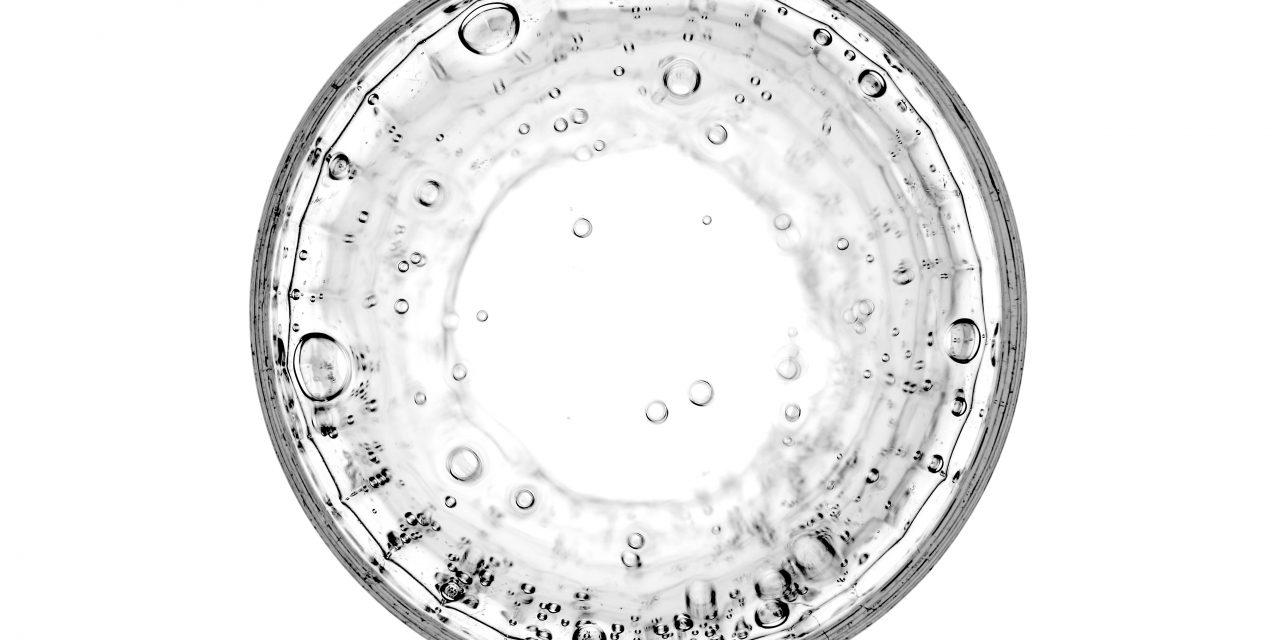The physics lab is a place of discovery and experimentation, but it can also present certain risks if safety procedures aren’t followed carefully. From handling electrical equipment to working with potentially hazardous materials, safety in the physics lab is essential to prevent accidents and ensure that experiments are conducted smoothly. Whether you’re a student just starting your first lab course or a seasoned experimenter, understanding the importance of lab safety is key to protecting yourself and others. Here’s why safety in the physics lab should always be a top priority and how you can maintain a safe working environment.
1. Preventing Electrical Hazards
Many physics experiments involve electrical circuits, equipment, or high-voltage devices. Working with electricity can be dangerous if proper precautions aren’t taken. To avoid electrical hazards, always ensure that electrical equipment is properly grounded, inspect wires and connections for damage, and never handle live wires or circuits with wet hands. If you’re working with high-voltage equipment, make sure you fully understand the safety procedures before operating it. Following these basic guidelines can prevent electrical shocks, short circuits, or equipment damage.
2. Handling Lab Equipment Properly
Physics labs often use a variety of tools and equipment, including lasers, vacuum pumps, and mechanical devices. Mishandling this equipment can lead to injuries, so it’s important to be familiar with the correct usage and safety procedures for each device. Always follow the instructions provided by your instructor, and never force equipment to work if you encounter resistance or malfunction. Additionally, make sure to wear the appropriate personal protective equipment (PPE) when handling certain tools, such as safety goggles or gloves, to minimize the risk of injury.
3. Understanding Chemical Safety
While physics labs may not involve as many chemicals as chemistry labs, some experiments do require the use of potentially hazardous substances, such as liquid nitrogen or solvents. It’s essential to follow proper safety protocols when handling these materials, including using PPE, working in well-ventilated areas, and knowing how to safely dispose of chemical waste. Always review the safety data sheets (SDS) for any chemicals you are using to understand their hazards and required precautions.
4. Preventing Fire Hazards
Experiments involving heat, lasers, or flammable materials can pose fire risks if not managed carefully. To prevent fires in the lab, make sure that any flammable substances are stored safely away from open flames or heat sources. Be cautious when using Bunsen burners, and ensure that they are turned off when not in use. Know the location of fire extinguishers and fire blankets in the lab, and familiarize yourself with the lab’s emergency procedures in case of fire.
5. Protecting Yourself with Proper PPE
Wearing the right personal protective equipment (PPE) is crucial to staying safe in the lab. This can include safety goggles to protect your eyes from debris or chemical splashes, gloves for handling hazardous materials, and lab coats to prevent spills from coming into contact with your skin. In some cases, face shields or specialized gloves may be required for working with certain high-energy devices or lasers. Always ensure that your PPE is in good condition and fits properly, and don’t skip wearing it—even for short or seemingly simple experiments.
6. Maintaining a Clean and Organized Workspace
Keeping your lab station clean and organized is another important aspect of lab safety. A cluttered workspace can lead to accidents, such as knocking over equipment or spilling chemicals. Before starting an experiment, clear your work area of unnecessary items, and make sure all materials and tools are easily accessible. When you’re finished, clean up thoroughly, dispose of waste properly, and return equipment to its designated location. An organized lab space helps minimize risks and ensures that the experiment proceeds smoothly.
7. Following Lab Protocols and Instructions
Every physics lab experiment comes with its own set of instructions and safety protocols. These procedures are designed not only to ensure the success of the experiment but also to keep students safe. Always read the instructions carefully before beginning an experiment, and never skip steps. If you’re unsure about how to perform a certain procedure or use a piece of equipment, ask your instructor for clarification. Following the established protocols prevents mistakes and reduces the chance of accidents.
8. Knowing Emergency Procedures
Even with the best precautions, accidents can still happen. That’s why it’s important to be familiar with the lab’s emergency procedures. Know the location of the emergency eyewash station, safety showers, fire extinguisher, and first-aid kit. If an accident occurs, whether it’s a chemical spill or someone getting hurt, report it to your instructor immediately and follow the lab’s emergency protocol. Quick action can prevent minor incidents from becoming serious problems.
9. Avoiding Distractions and Staying Focused
Physics experiments often require precise measurements, delicate handling, and close attention to detail. Being distracted or careless in the lab can lead to accidents, whether it’s knocking over a piece of equipment or misreading data. Stay focused on the task at hand, and avoid conversations or distractions that could take your attention away from the experiment. By staying attentive and following safety protocols, you can help create a safer environment for everyone in the lab.
Conclusion
Safety in the physics lab is critical to ensuring that experiments are conducted without injury or incident. By following proper safety procedures, wearing appropriate protective equipment, and maintaining a clean and organized workspace, students can minimize risks and focus on the exciting process of discovery. Understanding the potential hazards and taking steps to prevent accidents not only protects you but also allows for a productive and enjoyable lab experience. Always prioritize safety, and you’ll be well-prepared for success in the physics lab.

